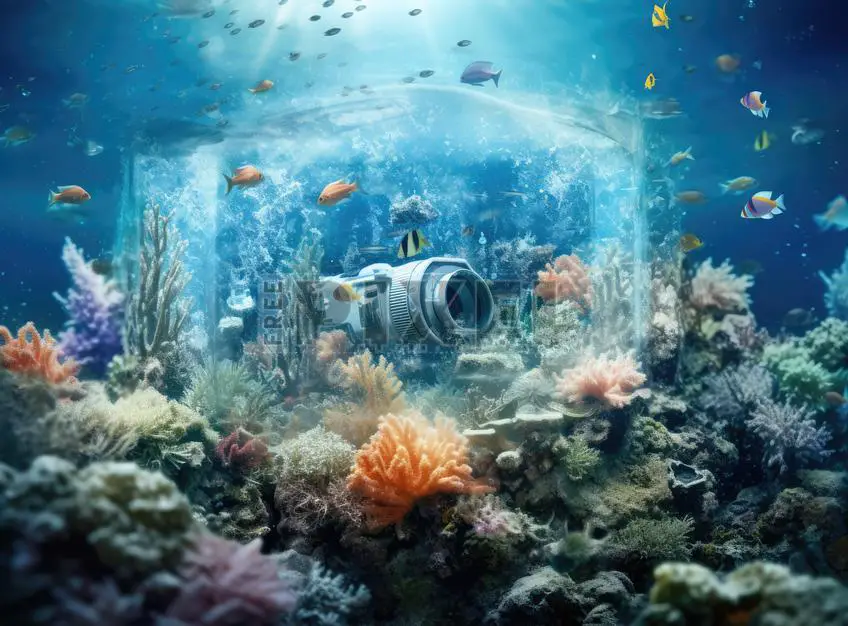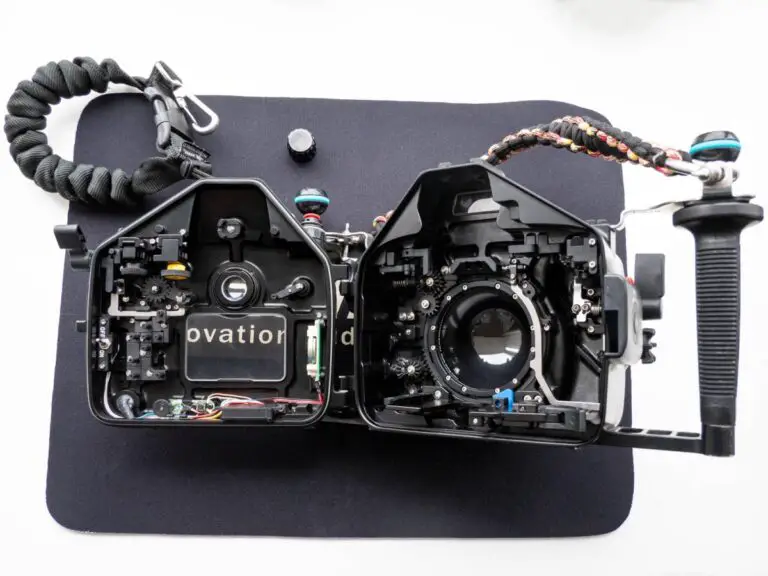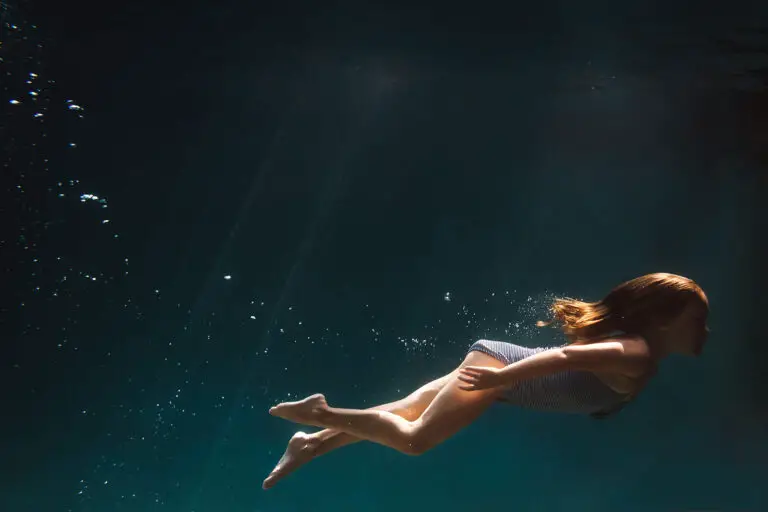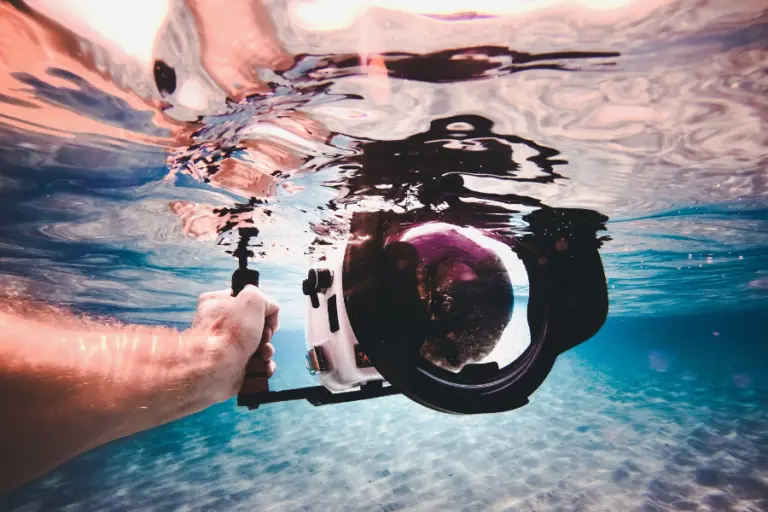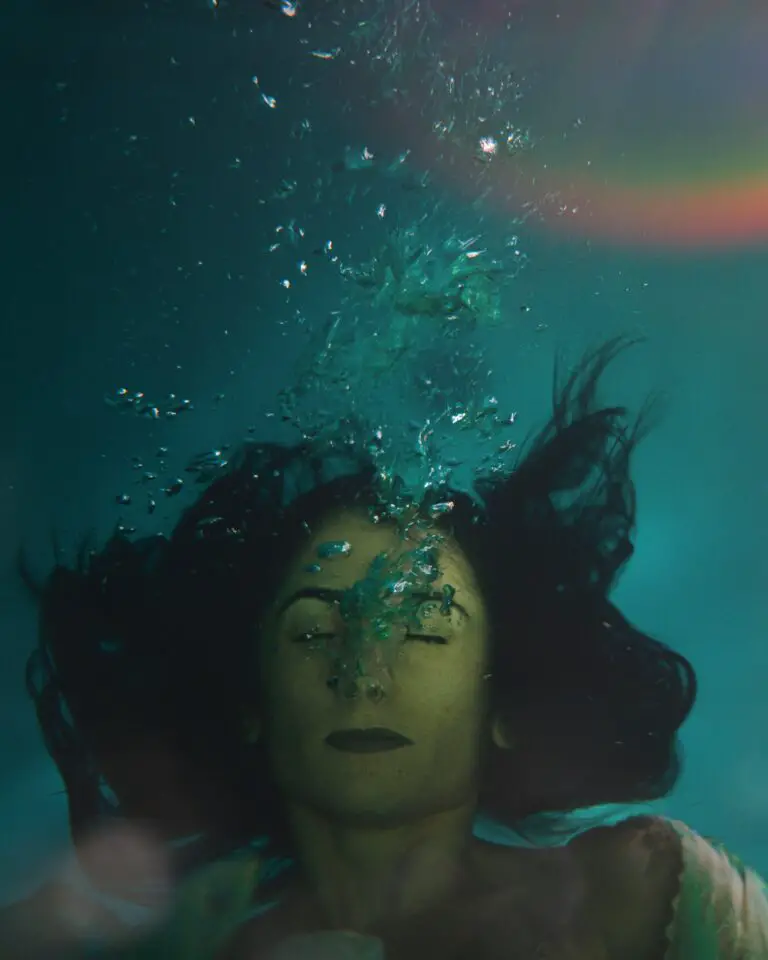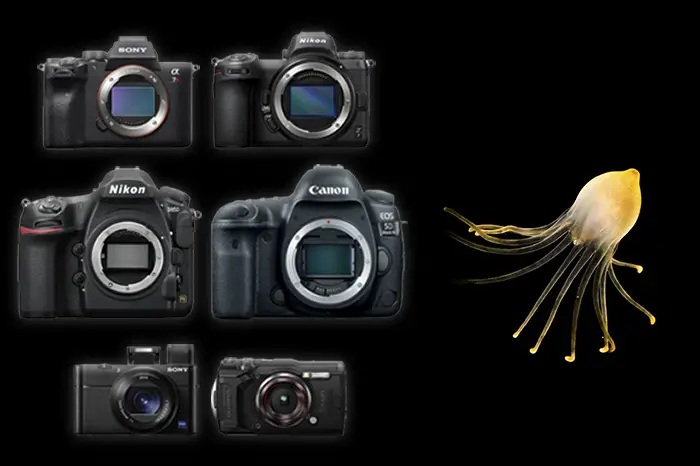Explore Coral Reefs: Capture Vibrant Marine Life with Underwater Camera
The world beneath the waves is a mesmerizing, enigmatic place, filled with the vibrant spectacle of marine life darting among kaleidoscopic coral structures. For underwater photographers, capturing the essence of this dynamic community is both a passion and a calling. Coral reefs stand as one of the most iconic backdrops for such endeavors, offering a plethora of colors, textures, and creatures to those who venture forth equipped with little more than a camera and the spirit of exploration.
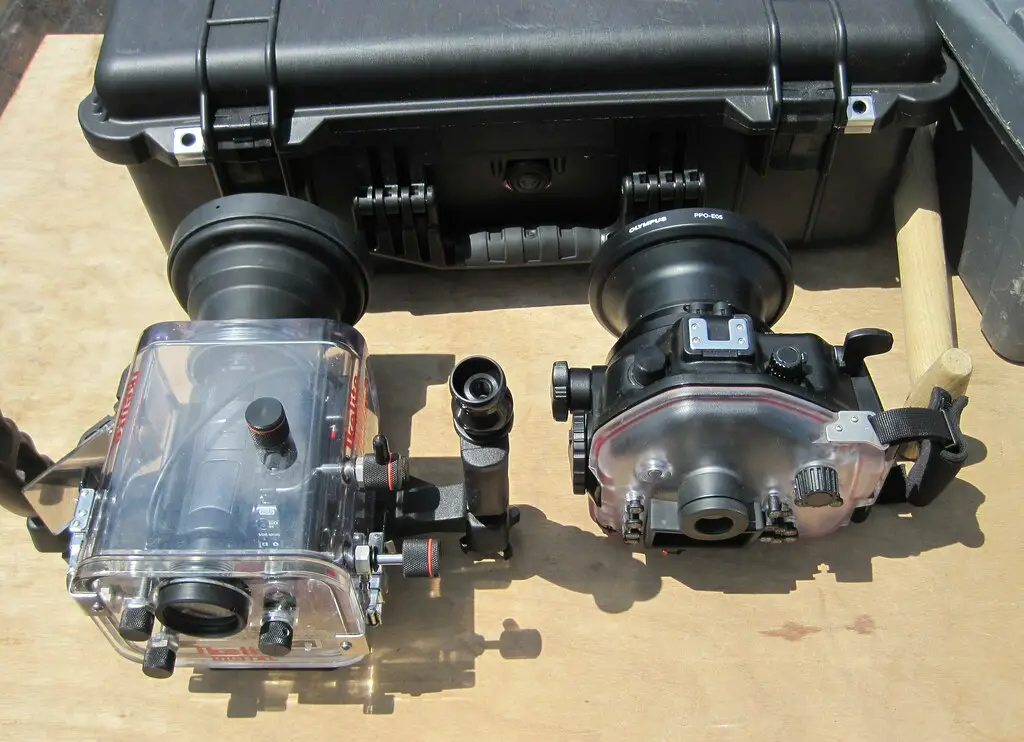
Beyond the visual awe they inspire, coral reefs are critical ecosystems, housing a quarter of all marine species and providing invaluable services such as fisheries, coastal protection, and tourism revenues. With this in mind, underwater photographers play a pivotal role in bringing the undersea world to the surface, fostering appreciation, and advocating for conservation.
In this comprehensive guide, we’ll detail the ins and outs of coral reef exploration, offering tips on how to translate their grandeur into stunning photographic narratives while emphasizing the necessity of protecting these delicate environments for generations to come.
The Allure of Coral Reefs for Underwater Photographers
Coral reefs, with their vibrant colors and bustling ecosystems, have long captured the imagination of adventurers and artists alike. For photographers, they present an irresistible challenge, where the interplay of light, movement, and life creates a constantly shifting tableau. With every plunge into their warm, clear waters, there’s an opportunity for that one perfect shot that encapsulates the reef’s essence — a moment that can transport a viewer to the heart of the ocean’s vitality.
The Importance of Coral Reefs in the Ocean
Beneath the waves, coral reefs are bustling metropolises of biodiversity. They contribute to the health of the world’s oceans by providing shelter, breeding grounds, and sustenance for an array of marine life, from the tiniest invertebrates to the largest of predators. They are, in many ways, the rainforests of the sea, home to more species per unit area than any other marine environment, making their preservation and documentation an urgent mission for all who have the means to do so.
Underwater Photography Tips for Coral Reef Expeditions
When it comes to capturing the dynamic vibrancy of coral reefs, a few simple but crucial tips can make all the difference between a good photo and a breathtaking one.
Equipment Essentials
Investing in the right gear is paramount. A sturdy, waterproof camera housing, a macro lens for close-ups, and a wide-angle lens for sweeping reefscapes are indispensable. Buoyancy compensating devices (BCDs) help you stay in control of your movements, while a reliable underwater strobe or video light is essential for bringing out the full range of colors beneath the sea.
Lighting Techniques for Vibrant Colors
The trick to retaining the colors of the reef is mastering light. Submerged below the ocean’s surface, the red spectrum of light is quickly absorbed, leaving an undifferentiated blue-green cast. This can be corrected with the addition of artificial light; however, it’s important to use it sparingly to avoid overexposing the sensitive environment. Experiment with angles to avoid creating harsh shadows, and always consider the environmental impact — your light shouldn’t disturb or confuse the natural behaviors of marine life.
Composition and Framing Advice
In the part-au-naturel chaos of the coral reef, a keen eye for composition is your best ally. Look for leading lines that draw the eye, such as the sinuous curves of a branching coral, or the conical profile of a sea sponge. Rule of thirds can be hard to apply underwater, but it’s a good principle to keep in mind as you frame your shots.
Marine Life Encounters on the Coral Reef
One of the most rewarding aspects of reef photography is the wildlife encounters. From the shy seahorse clutching a strand of seagrass to the vivid parrotfish gnawing on coral, each species brings its unique behavior and beauty to the frame. To capture these moments effectively, a blend of patience, anticipation, and respect is required.
Highlighting Diverse Species
The reef is home to a staggering variety of species, from the minute pygmy seahorse to the majestic manta ray. While each should be celebrated through your lens, it’s important to be informed and respectful of the marine life. Avoid using invasive techniques or causing harm, and always remember that you are a visitor in their world.
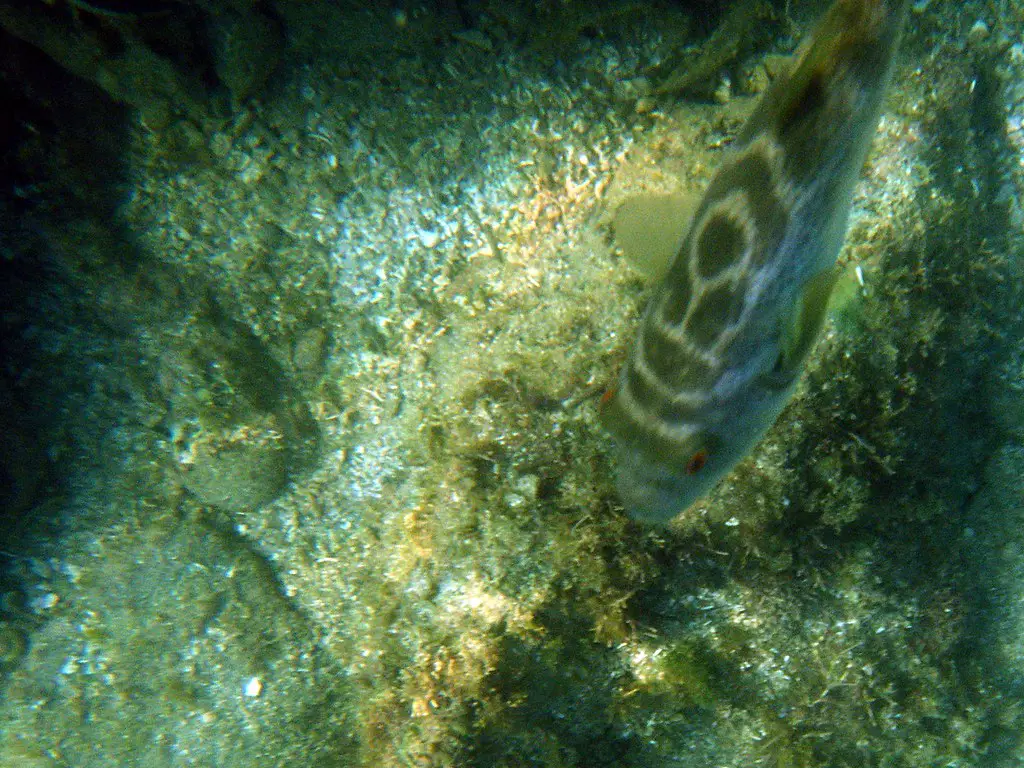
Tips for Capturing Elusive Marine Creatures
Some of the most stunning reef images showcase the shyest inhabitants. Tread lightly, move slowly, and employ concealment when possible. Some species, like octopuses and eels, are more active at night, so consider underwater night photography as a way to document their elusive moves.
Preservation and Conservation of Coral Reefs
With coral reefs facing a myriad of threats, from climate change to overfishing, the role of the underwater photographer extends beyond documenting beauty — it includes advocating for preservation and promoting conservation.
Addressing the Fragility of Coral Reefs
Coral reefs are sensitive barometers of oceanic health, reacting to changes in temperature, acidity, and pollution. By educating viewers through your photographs, you can make a compelling case for the preservation of these essential ecosystems.
Tips for Responsible Photography Practices
Responsible photography involves not just respecting the creatures you photograph, but the reef’s physical integrity, too. Resist the urge to touch or anchor on the coral. Be mindful of your fin movements, and never chase or harass marine life for the sake of a photo. Remember, the safety and health of the reef should always come first.
Conclusion
With the tools at hand and an understanding of the responsibilities that come with it, underwater photography can be a deeply rewarding pursuit. By capturing the majesty of life on the reef, we not only share the wonders of the deep but also advocate for the protection of these fragile ecosystems.
We encourage you to explore, document, and protect these underwater treasures. Use this guide as a starting point, then, take the plunge and discover for yourself the kaleidoscope of color and life that defines the coral reef.

